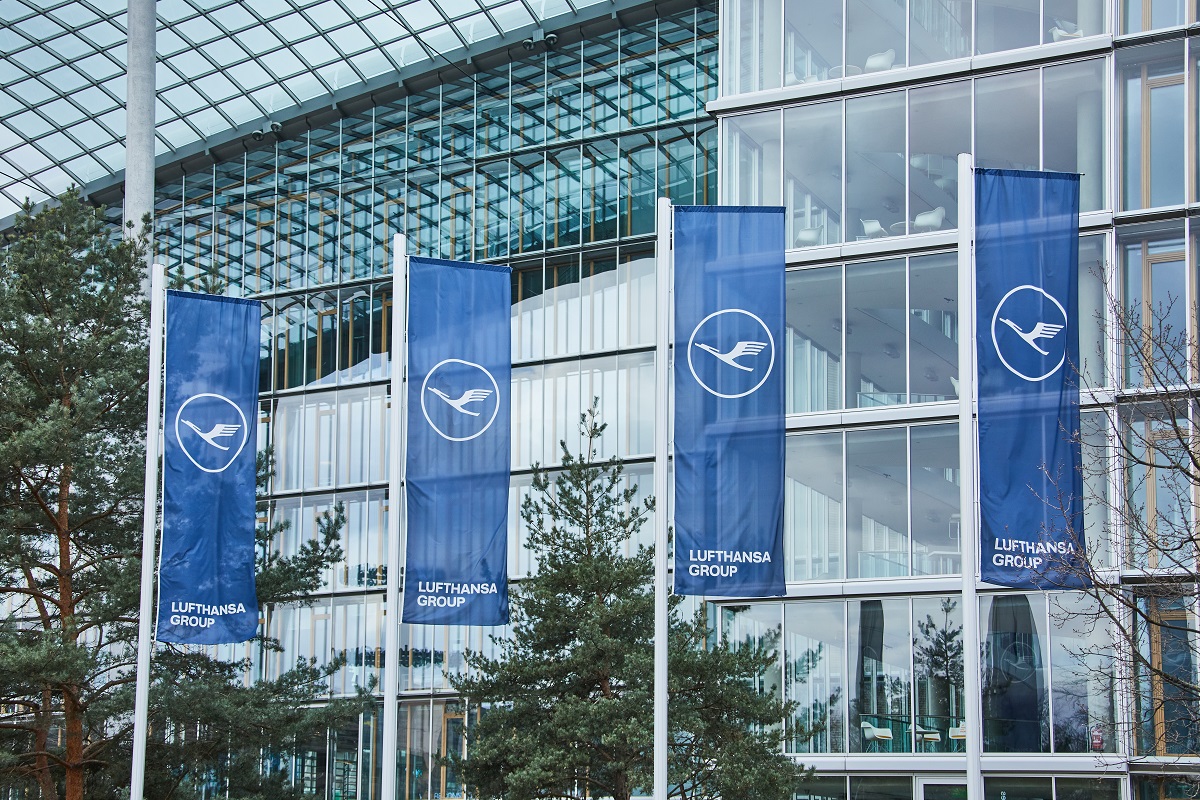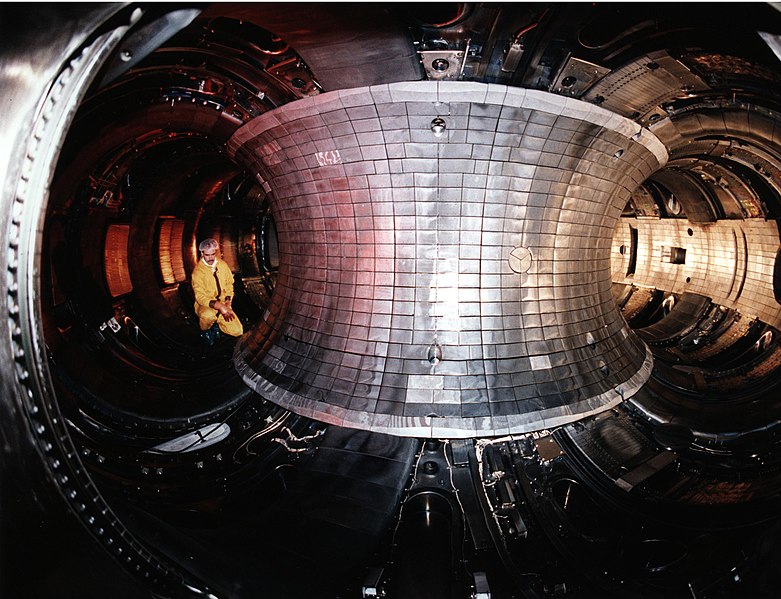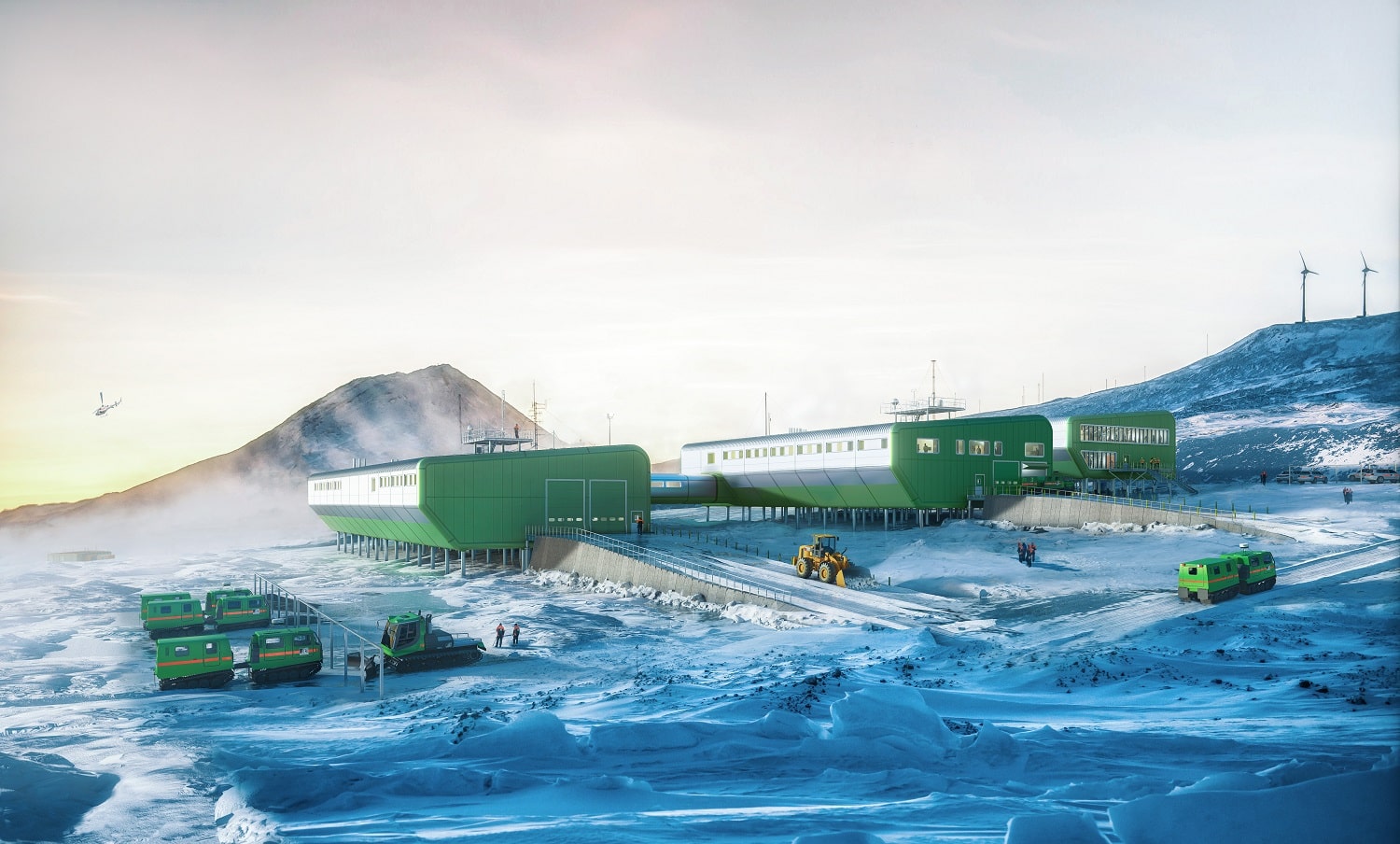Water is essential for life on earth, but inadequate or tainted water supplies due to poor sanitation and the absence of purification systems lead to more than 5 million deaths each year, half of these children. Exacerbating the problem is outdated municipal infrastructure in the developing world that does not adequately clean the type of pollutants and contaminants now found in wastewater.
In the 2012 Millennium Development Goals Report, nearly 800 million people, or 12% of the world’s population, do not have access to adequate supplies of drinking water. With the world population expected to reach 9 billion by mid century, nearly 2 billion people will be at risk without significant improvement in water access.
Water Treatment Technology Exists, But Will It Be Enough?
According to John Lienhard, professor of mechanical engineering and Director of the Center for Clean Water and Clean Energy at MIT, improving water systems is a key part to adequately managing the fresh water supply. Ultimately, desalination is essential to overcoming a chronic shortage of fresh water supplies.
Lienhard says current commercial desalination doesn’t meet the needs of enough people primarily because it is too expensive, energy intensive, relies on fossil fuels and is beyond the reach of those who need it most: the world’s poor.
Ocean water is currently desalinated through a humidification-dehumidifiaction (HD) process. When seawater evaporates, it leaves behind salt and creates water vapor that can be distilled into fresh water. According to Lienhard, improving the design and efficiencies of thermodynamic systems involved in HD and linking these systems to renewable energy sources could outperform current commercial techniques in delivering fresh drinking water. If the improvement in costs and efficiency are enough, HD systems could be built inexpensively anywhere in the world.
Improved Water Infrastructure Management
In addition to improving desalination, Lienhard has supported the use of arrays of low power sensors to monitor a water distributions system, detect how water is being used and when leaks are occurring. Tracking water pressure and flow across an entire water distribution system can be coupled with sophisticated signal processing techniques. Monitoring how pumps are operating across the distribution system can allow shutdown of pumps not needed at certain times, reducing electric energy consumption by 10%.
The following video shows Lienhard discussing a project he did for the Singapore government to improve its water system:
Geopolitical Wrangling Over Water Supplies
Lienhard’s approach certainly seems more realistic when current wrangling amongst regional superpowers is considered. Bangladesh, for example, has been critical of India for cutting off its access to fresh water, while India fears China will build a dam cutting off its water supply. China, for its part, is studying the current water shortage affecting Shaanix, Hebel, Beijing and Tianjin. It is estimated China would have to divert 200 billion m³ of water a year to the Yellow River to stabilize the problem.
Water sharing is now near the top of the agenda in political talks between India and China and neighbors including Tibet and Bangladesh. But if history is any guide, engineers will have to save the day by improving desalination technology enough to make it easy to install both technically and financially.







